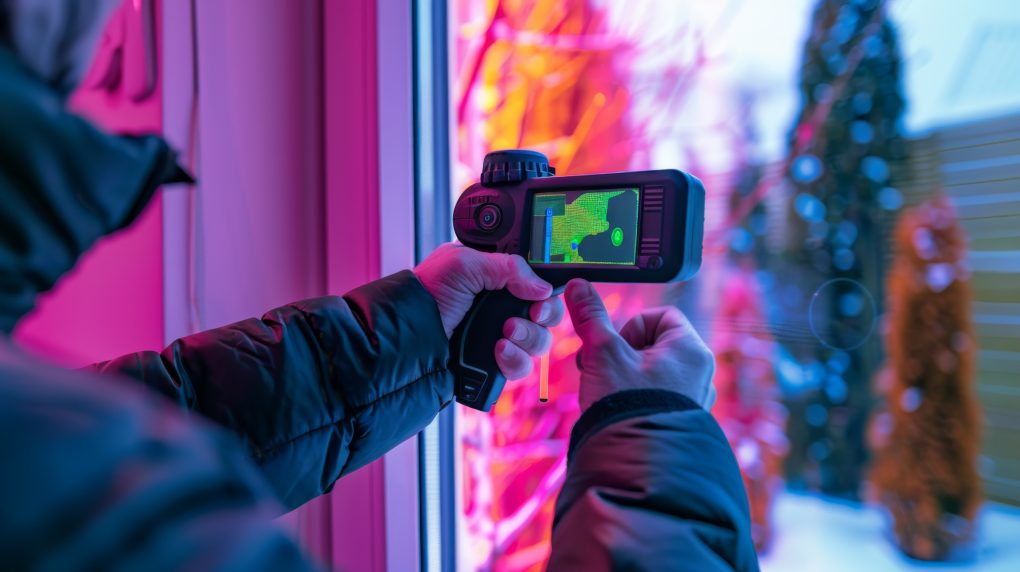This comprehensive maintenance guide ensures your AGM StingIR 384 stays in top condition. It covers essential steps for smooth operation, the importance of regular maintenance, common issues, prevention tips, and safety precautions to maximize its lifespan.
What Is AGM Stingir 384?
The AGM StingIR 384 is a state-of-the-art thermal monocular designed for security enforcement, outdoor hunting, wilderness exploration, and search and rescue.
It features a high-sensitivity infrared detector, OLED display, and high-resolution options of 384×288 and 640×480.
Its lightweight design ensures easy handling for extended periods and offers various thermal image palettes and digital zoom for adaptability and precision.
Why Is Maintenance Important for AGM Stingir 384?
Maintaining the StingIR 384 thermal monocular is crucial for optimal performance and longevity. Key maintenance tasks include ensuring the digital compass, inclinometer, and hands-free operations function correctly, verifying the external power supply, and keeping the device within its specified temperature range.
Protecting the device from dust, water, and impact is essential to safeguard its sensitive components. Adhering to a regular maintenance schedule maximizes the lifespan and efficiency of the StingIR 384.
What Are the Maintenance Steps for AGM Stingir 384?
Cleaning and Inspection: The thermal monocular should be cleaned and inspected regularly to ensure the lens is free from dirt and debris and the device is stored securely in its hard case to prevent damage.
Use a soft, lint-free cloth to gently wipe the lens. Avoid harsh chemicals. Inspect the field of view for obstructions, check the exit pupil diameter, and examine the aperture for damage.
Checking Battery Voltage: Regularly checking the battery voltage is essential for maintaining optimal battery operating time, whether using CR123A or 18650 Lithium batteries.
Use a multimeter to get an accurate reading and store spare batteries for emergencies. Having extra batteries and an external power supply ensures uninterrupted use.
Checking and Replacing Fuses: Inspecting and replacing fuses in the thermal monocular is vital to ensure the device’s protection level and performance, particularly during critical operations.
Ensure the device is powered off, locate the fuse compartment, inspect and replace faulty fuses with the same rating, and secure all connections.
Lubricating Moving Parts: Lubricating the moving parts of the thermal monocular, such as the diopter adjustment and inclinometer, helps maintain smooth operation and precision.
Use high-quality, non-corrosive lubricants, apply sparingly, and regularly inspect and reapply lubricant to maintain optimal performance.
Checking and Replacing Fluid Levels: Proper fluid level checking and replacement is vital for the optimal functioning of components like the digital compass in the thermal monocular’s lightweight design.
Regular checks and replacements maintain accuracy and efficiency, preventing decreased performance and potential malfunctions.
What Are the Common Issues with AGM Stingir 384?
Battery failure in the StingIR thermal scope can result from prolonged usage, leaving the device on for extended periods, or using incompatible or low-quality batteries, leading to decreased battery life and performance issues.
Electrical system malfunctions can impair essential functions such as Flat Field Correction (FFC) and digital zoom, often due to battery connection issues or damaged circuitry, and require regular maintenance and checks.
Engine problems, such as sudden shutdowns, reduced image clarity, or irregular thermal readings, are often caused by dust accumulation, lens misalignment, or sensor malfunctions under extreme temperatures. Regular cleaning and avoidance of thermal shock are necessary to maintain optimal performance.
How Can You Prevent Common Issues with AGM Stingir 384?
Preventing common issues with the StingIR thermal monocular involves regular maintenance, proper storage, and following manufacturer recommendations.
Regular maintenance includes performing Flat Field Correction (FFC), routine battery checks, and inspecting components to ensure optimal performance. Proper storage in a hard case protects the device from impacts, dust, moisture, and environmental factors while cleaning before storage and using silica gel packs helps maintain its condition.
Adhering to manufacturer guidelines, including operating temperature and usage recommendations, and calibrating the inclinometer and digital compass as instructed ensures the thermal monocular’s longevity and reliability.
What Are the Safety Precautions for Maintaining AGM Stingir 384?
Maintaining the AGM StingIR thermal monocular involves crucial safety precautions such as disconnecting the battery, handling fluids properly, and using protective gear to ensure user safety.
Disconnecting the CR123A or 18650 Lithium battery before maintenance prevents electrical hazards and short circuits.
Proper fluid handling, following manufacturer guidelines, and wearing protective gear like gloves and safety goggles prevent spills, contamination, and potential harm.
During maintenance, protective gear such as safety goggles, gloves, respirators, and protective clothing shields against chemical exposure, mechanical injuries, and other hazards.
This ensures the safety of both the user and the device.


